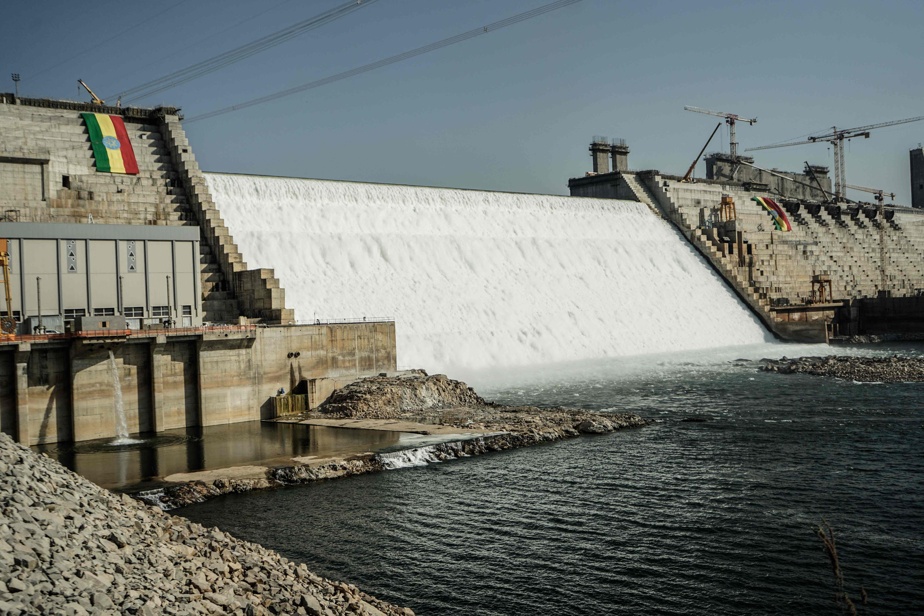(Nairobi) Ethiopia announced on Saturday that it had started a second round of negotiations with Egypt and Sudan over a controversial mega-dam built by Addis Ababa on the Nile, a source of long-standing tensions between the three nations .
Ethiopia announced on September 10 the end of the filling of the Great Renaissance Dam, sparking immediate condemnation from Cairo, which denounced the illegality of the approach.
Egypt and Sudan view the massive dam, which cost $4.2 billion, as a threat to their water supplies. They have repeatedly asked Addis Ababa to stop filling it until an agreement is reached on how it will operate.
Negotiations between the three countries, interrupted since April 2021, resumed on August 27.
Egyptian President Abdel Fattah al-Sisi and Ethiopian Prime Minister Abiy Ahmed agreed in July to finalize a deal within four months.
“The second round of tripartite negotiation between Ethiopia, Egypt and Sudan regarding […] The annual operation of the Grand Ethiopian Renaissance Dam (GERD) began today, September 23, 2023, in Addis Ababa,” the Ethiopian Ministry of Foreign Affairs said on X.
“Ethiopia is committed to finding a negotiated and amicable solution within the ongoing trilateral process,” he added.
“Despite the unilateral actions of our Ethiopian brothers, Egypt remains ready to participate in the ongoing negotiation process,” Egyptian Foreign Minister Sameh Shoukry commented in New York at the UN General Assembly, hoping that Ethiopia would respond to Egyptian “goodwill” with a commitment that would guarantee the interests of all three countries.
“It would be a mistake to believe that we can accept a fait accompli when it comes to the lives of more than a hundred million Egyptian citizens,” he insisted.
The dam has been at the heart of a regional conflict since Ethiopia began construction in 2011.
Egypt views the dam as an existential threat, as it relies on the Nile for 97% of its water needs.
The dam is central to Ethiopia’s development plans, and in February 2022, Addis Ababa announced that it had started generating electricity for the first time.
At full capacity, the immense hydroelectric dam, 1.8 kilometers long and 145 meters high, must produce more than 5,000 megawatts. This would double Ethiopia’s electricity production, to which only half of the country’s 120 million people currently have access.
The position of Sudan, currently in the grip of a civil war, has fluctuated in recent years.
The United Nations estimates that Egypt could “run out of water by 2025” and that parts of Sudan, where the Darfur conflict was primarily linked to access to water, are increasingly vulnerable to drought due to climate change.
